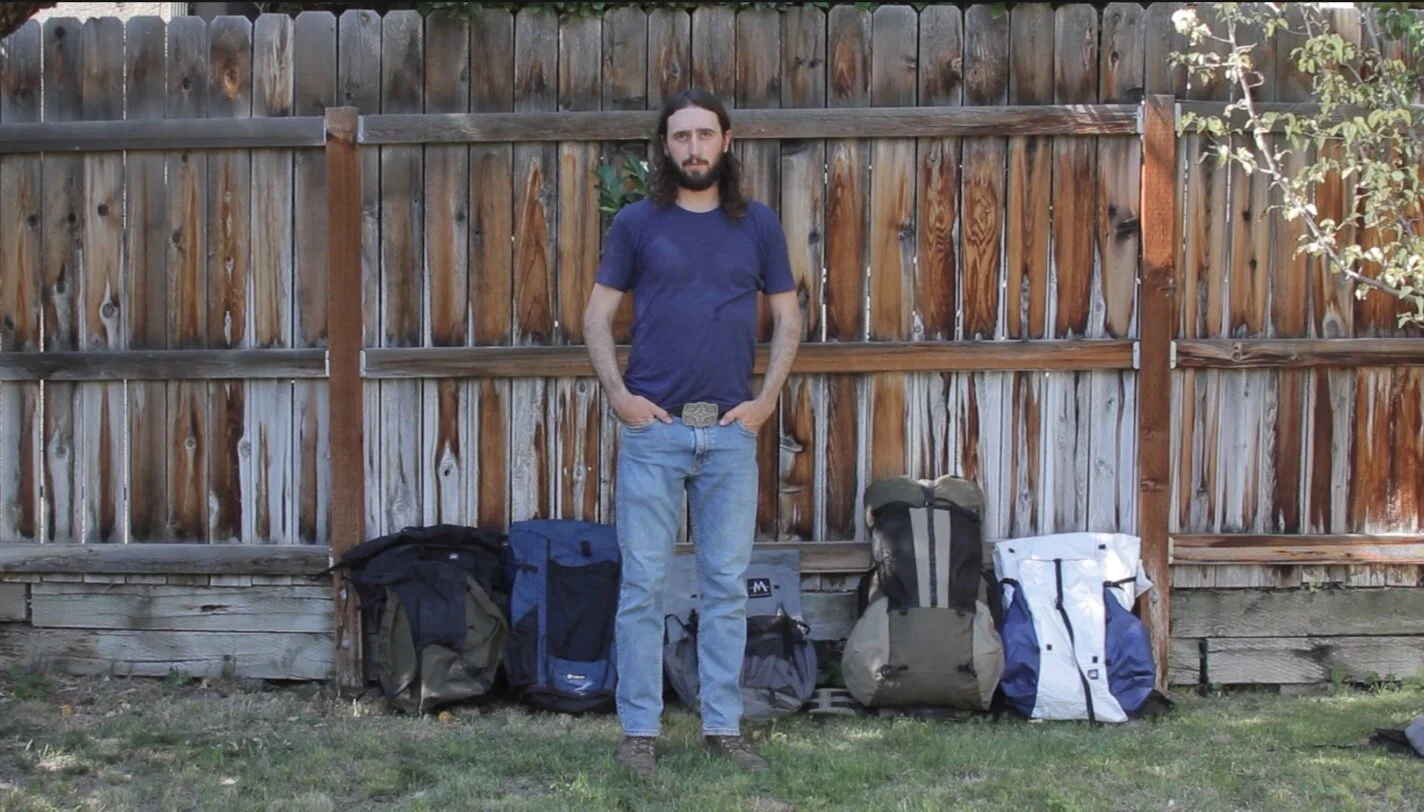The Borah Gear Bug Bivy is a reasonably priced bivy for use under a variety of tarps when there is mild to medium bug pressure. It can add a few degrees of warmth to your sleep setup and is also great for cowboy camping. It weighs between 5.5 – 6.5 oz, costs $85, and can add a lot of versatility to your shelter system. There are other similar bivies out there, but none of them hit such a remarkable price point.
Continue reading at Section Hiker


